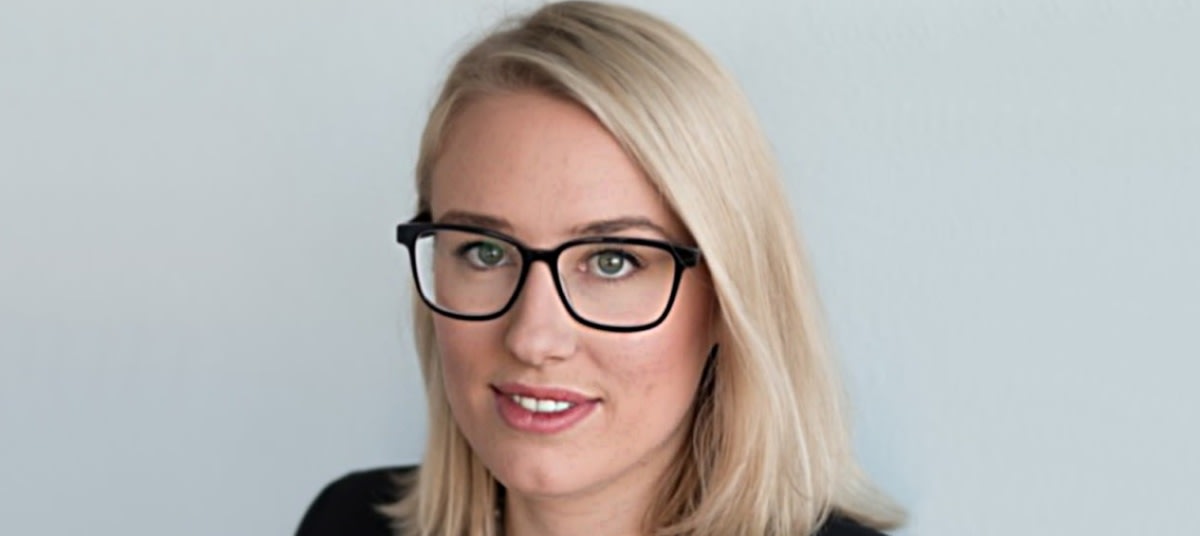
Australia’s million-dollar club is the biggest it’s ever been, with a number of new suburbs recently added to the list.
CoreLogic has revealed that the number of Australian suburbs with a median house or unit value in the million-dollar category reached a record high in August, with 29.3 per cent of the 4,772 suburbs analysed recording a current median value at or above $1 million.
Following a recent dip to 21.7 per cent of suburbs recording median prices over $1 million in January of 2023, which occurred at the start of the rate-tightening cycle, the current portion of suburbs with a million-plus median value now registers higher than the previous market peak of 26.9 per cent recorded in April 2022.
This time last year, 1,057 suburbs recorded a median house value of at least $1 million, while 122 unit markets reached a seven-figure median value.
The number of million-dollar markets rose by 18.5 per cent over the last year, equating to an additional 218 markets that brought the number of million-dollar suburbs to 1,257 and 140 for house and unit markets, respectively.
“At the onset of COVID, just 14.3 per cent of house and unit markets had a median value at or above the $1 million mark,” said CoreLogic economist Kaytlin Ezzy.
“With almost 30 per cent of suburbs now posting a seven-figure median, the increase is a natural consequence of rising values and worsening affordability.”
State growth
Despite growth over the past year favouring the midsized capitals, the country’s most expensive capital Sydney (median dwelling value of $1,180,463) recorded the highest net rise in million-dollar markets over the year, with dwelling values rising 5 per cent and 46 new suburbs entering the million-dollar category.
Brisbane also recorded a net increase of 46 million-dollar markets, with dwelling values rising 15 per cent over the year.
“The positive flow of interstate migration, coupled with a continued undersupply of advertised listings as well as newly built housing stock, has seen Brisbane values rise 65.1 per cent since the onset of COVID,” said Ezzy.
The economist said that the significant increase in home values across Brisbane has “eroded much of the city’s previous affordability advantage”, with the city’s median dwelling value of $875,040 numbering the second highest among the capitals.
Perth placed the third highest with 35 new suburbs in the million-dollar category, alongside one re-entrant to the million-dollar club over the year.
Although Perth’s 24.2 per cent rise in dwelling values registered as the highest among the capitals and rest of state regions, Ezzy said that the city’s “relatively low starting point resulted in fewer new seven-figure markets compared to Sydney and Brisbane”.
On the opposite end of the spectrum were Melbourne and regional Victoria, where dwelling values dropped by 1 per cent over the year.
Melbourne recorded only four new suburbs in the million-dollar category, alongside seven re-entrants and three markets falling below a median value of $1 million.
Notably, regional Victoria was found to be the only broad region among the capitals and rest of state regions to record a net decline of million-dollar markets with the previous 12 million-dollar suburbs decreasing to 10 over the year.
“An unfavourable investment taxation environment, a higher level of new housing completions, and an above average level of advertised supply have put downwards pressure on values, resulting in fewer new million-dollar entrants in Melbourne and a net decline across regional Victoria,” said Ezzy.
National growth
On a national level, the report showed that the quarterly pace of growth “eased significantly” over the recent months, with the 2 per cent increase over the three months leading to April 2024 settling into growth of 1.3 per cent in the three months to August.
Even with this reduction, Ezzy said that growth conditions have become “more diverse from region to region” and remarked “it’s unlikely we’ve seen the peak in the number of million-dollar markets”.
With 24 suburbs (20 house and four unit markets) with a median value above $999,000 currently exhibiting positive quarterly value growth, the economist said it is “likely we’ll see a number of these markets cross the million-dollar threshold within the next few months”.
Concerns around affordability
Even with this increase in the number of million-dollar markets, Ezzy said that “borrowers are dedicating more of their income towards servicing their mortgage”.
“With an $800,000 loan balance (assuming a 20 per cent deposit) and the current average variable mortgage rate for new owner-occupiers (6.28 per cent), a household would need an annual income close to $200,000 to keep repayments on a $1 million home under 30 per cent of their income,” said Ezzy.
“This marks an increase from around the $125,000 needed prior to the first interest rate hike.”
[Related: Housing affordability level hits record low]
